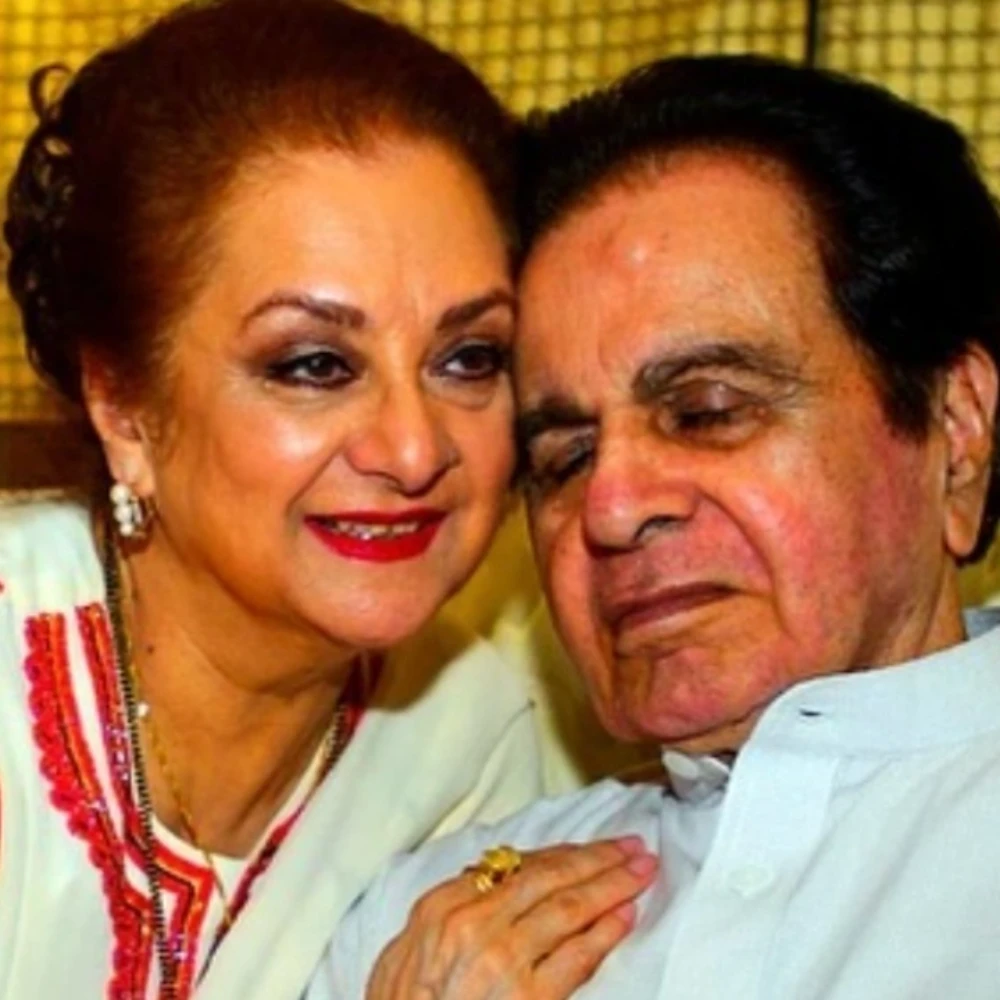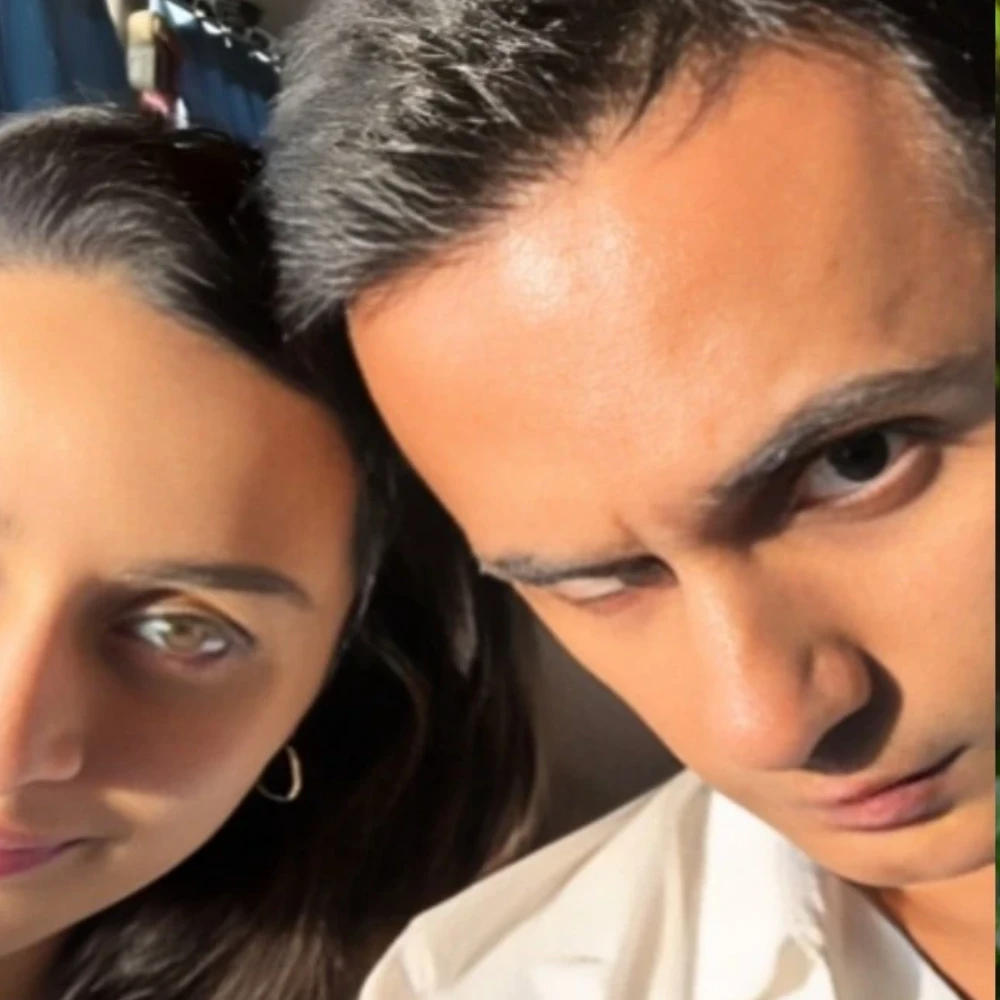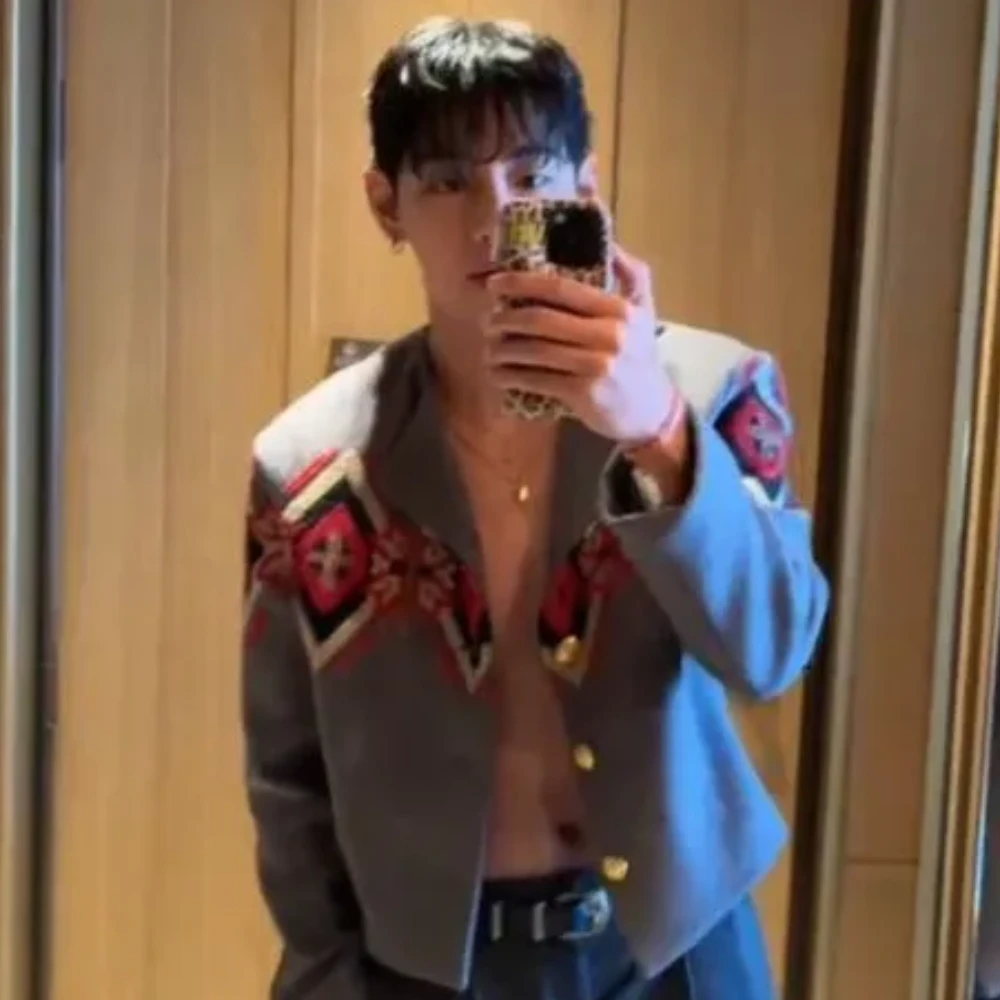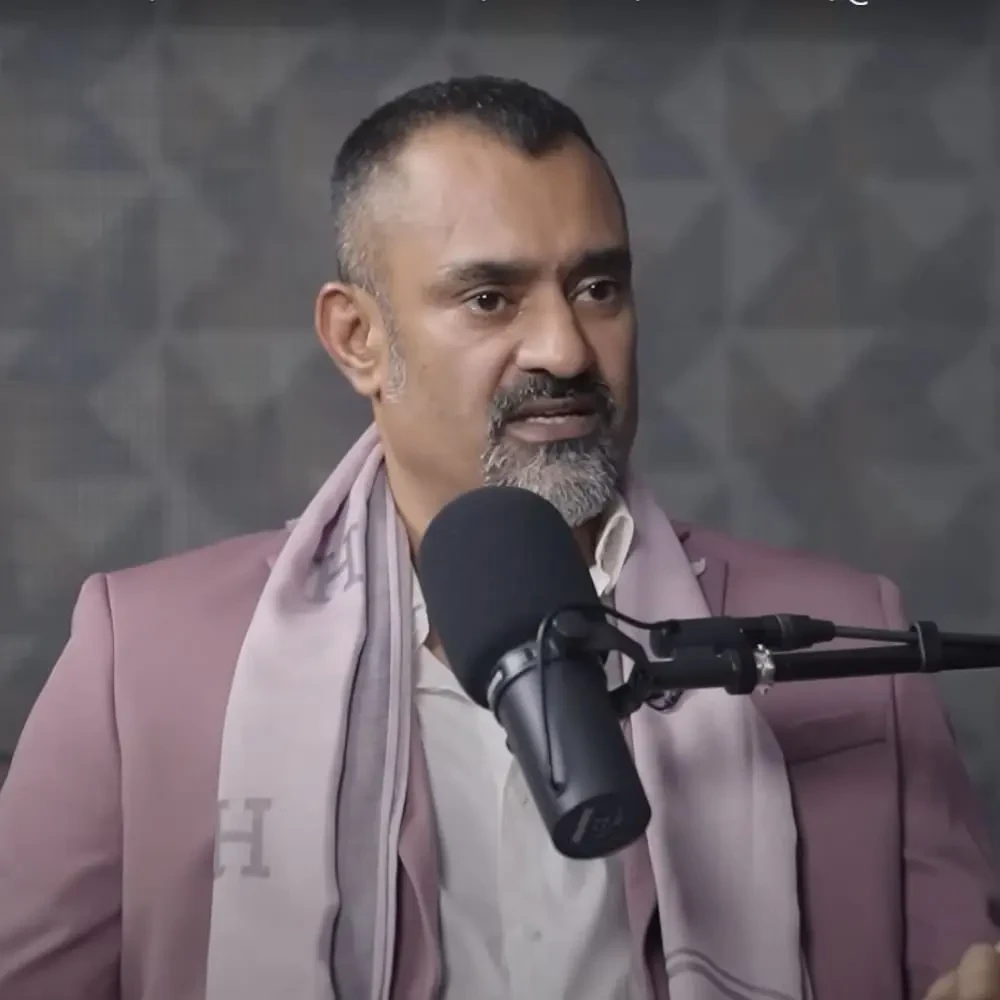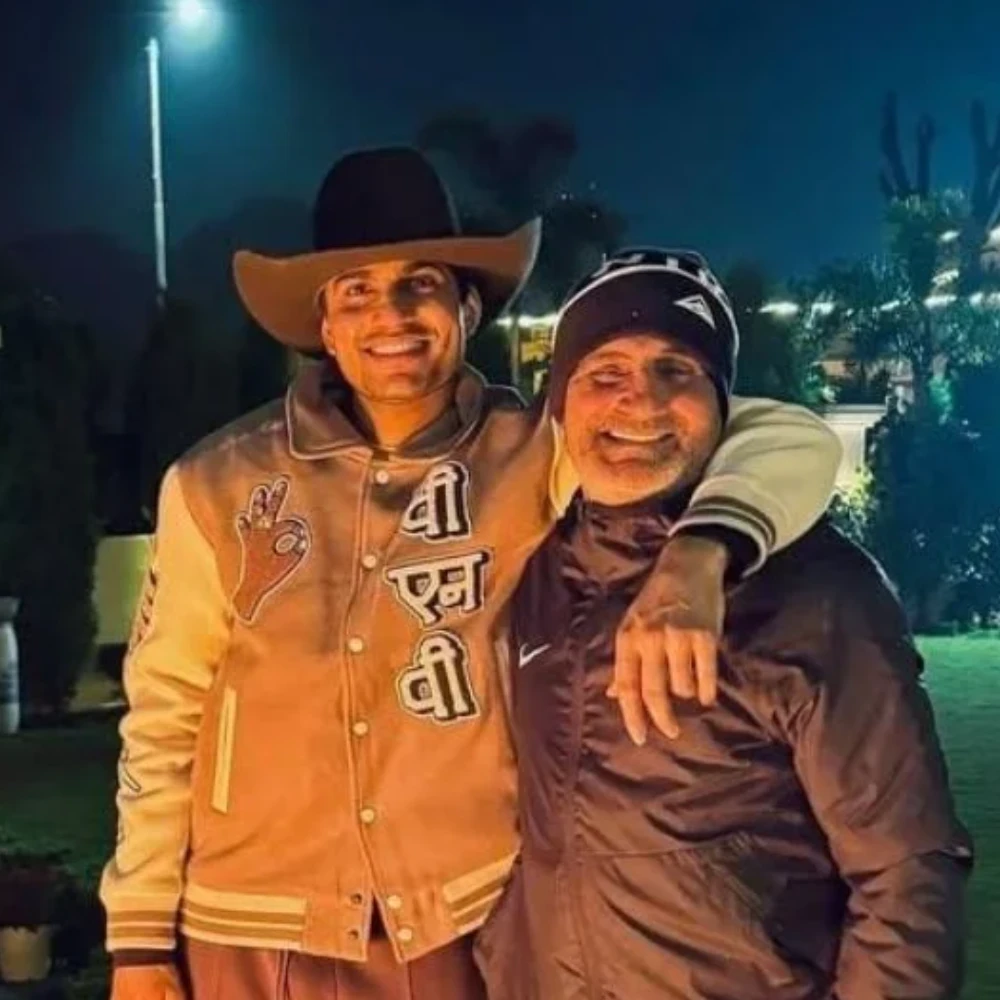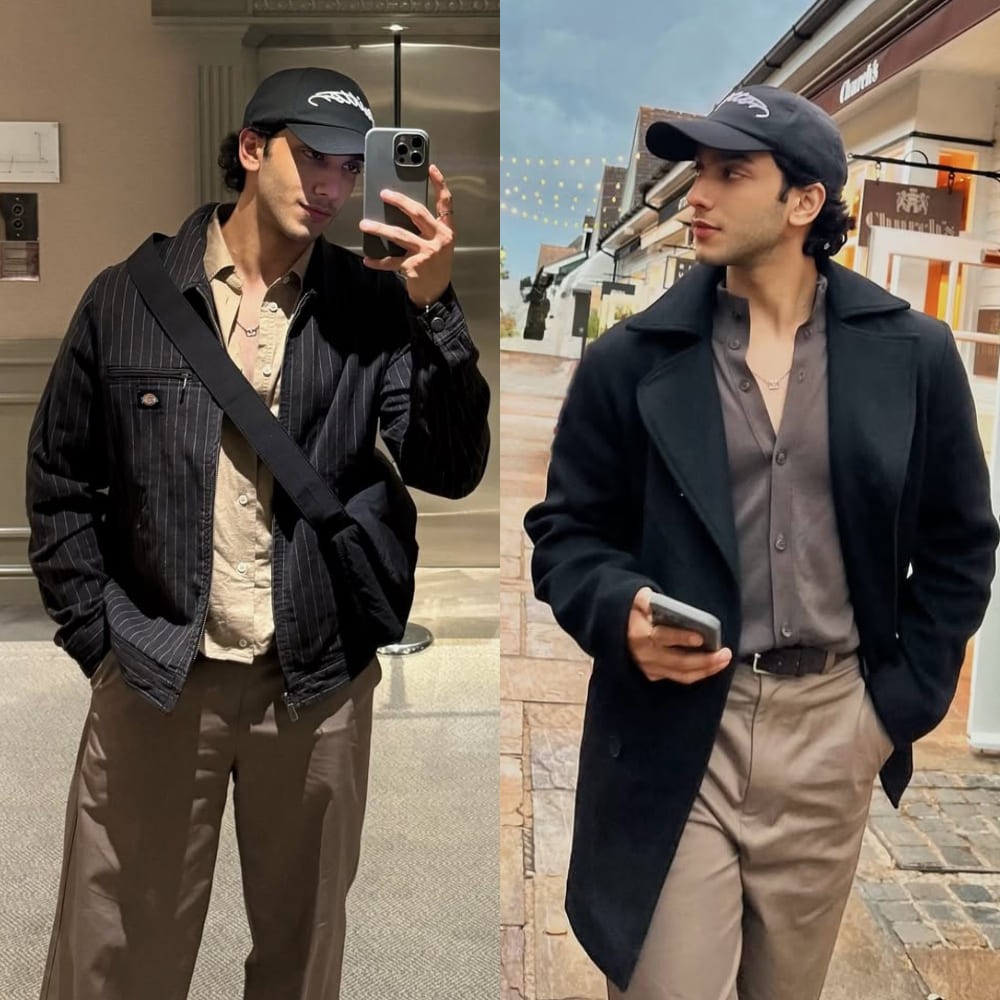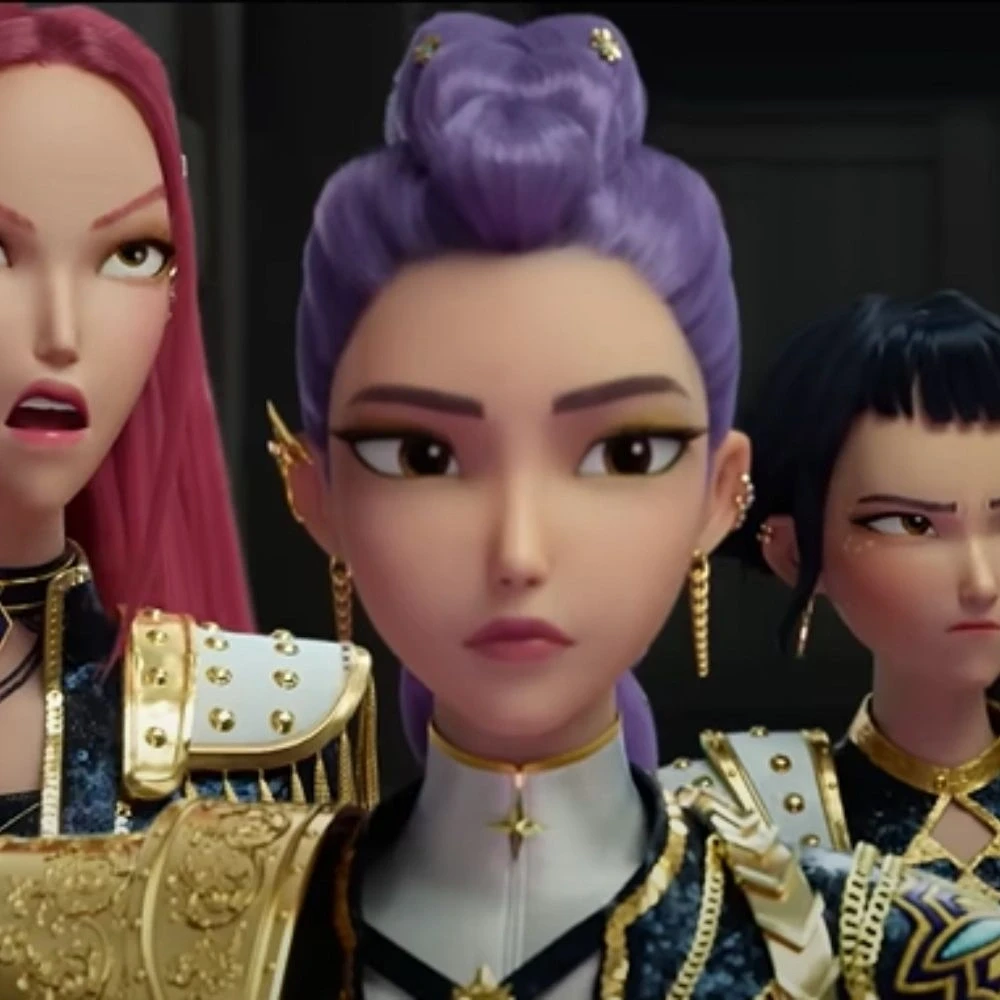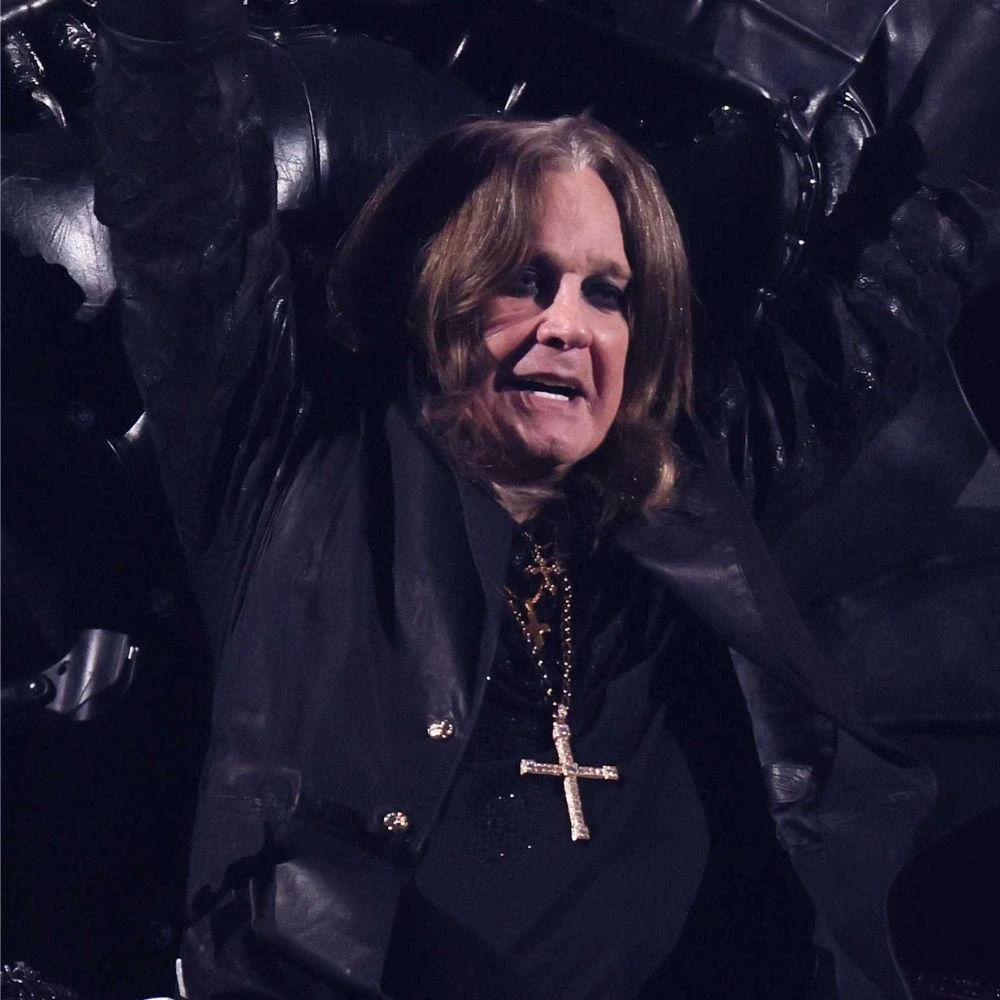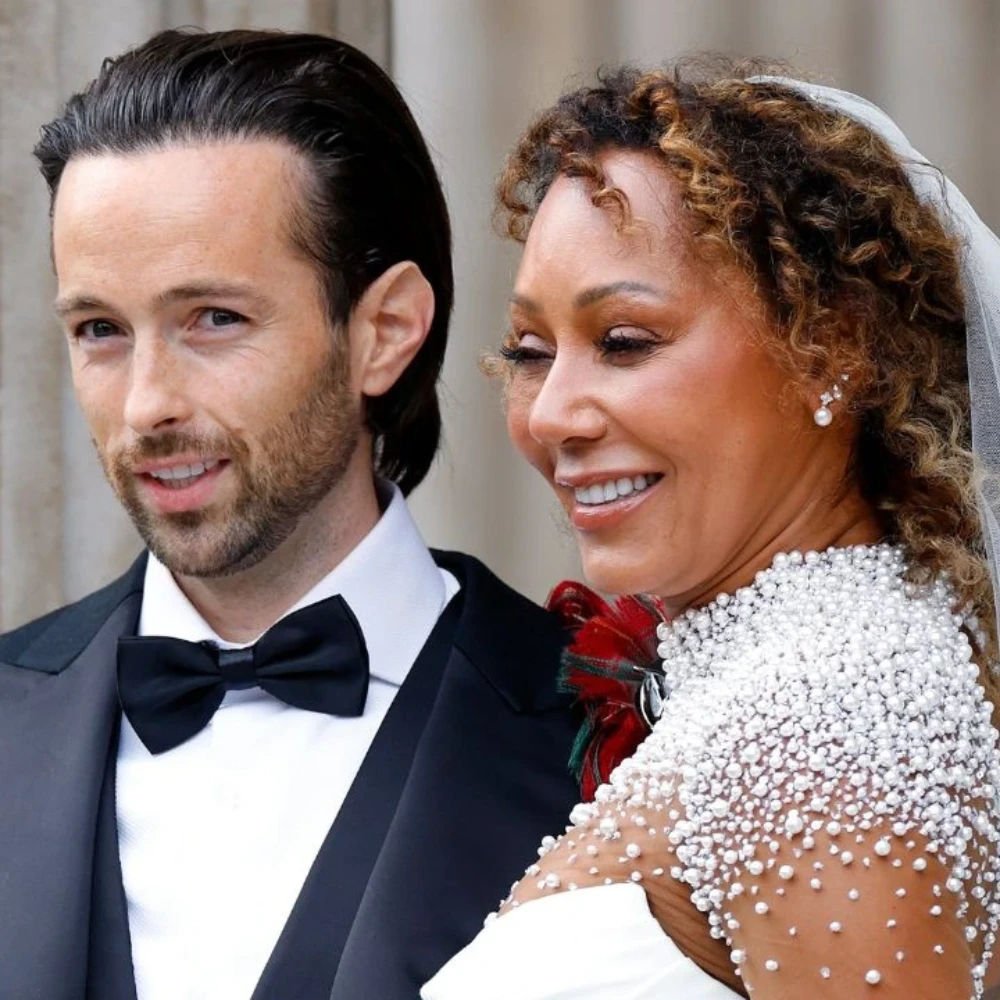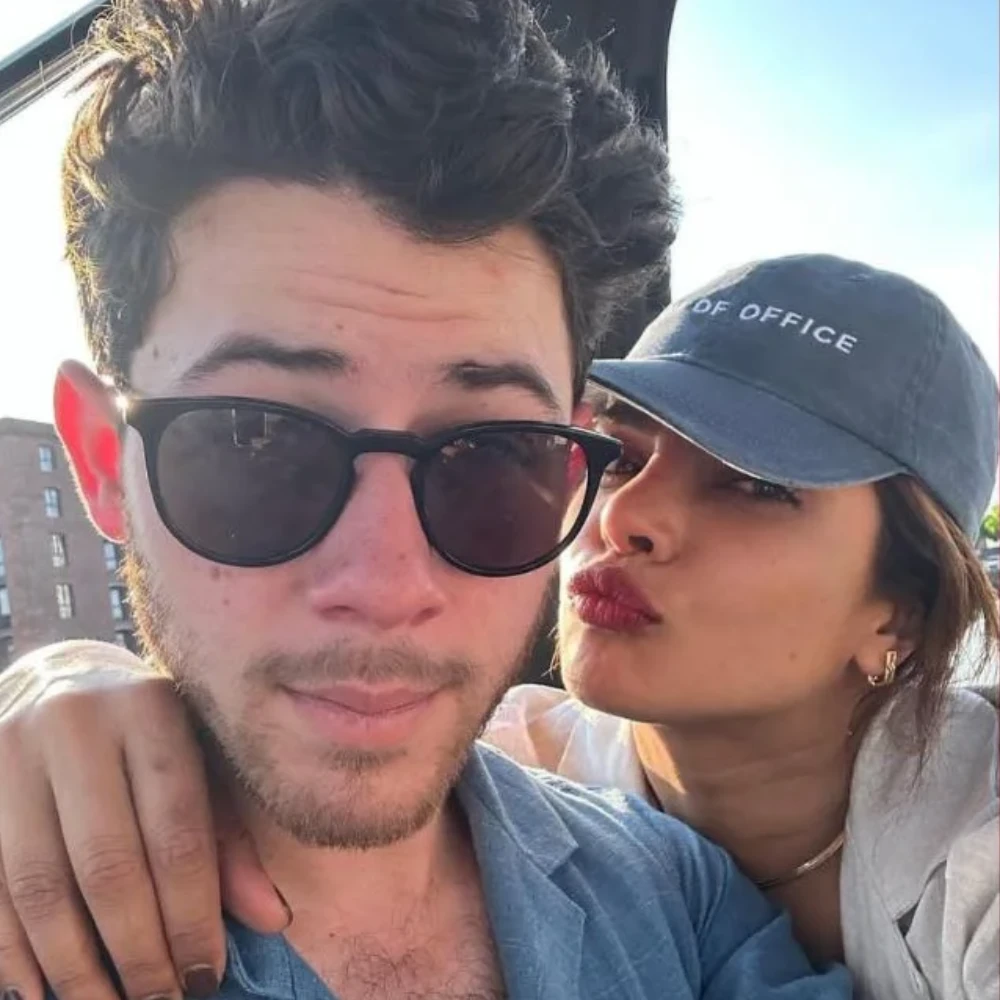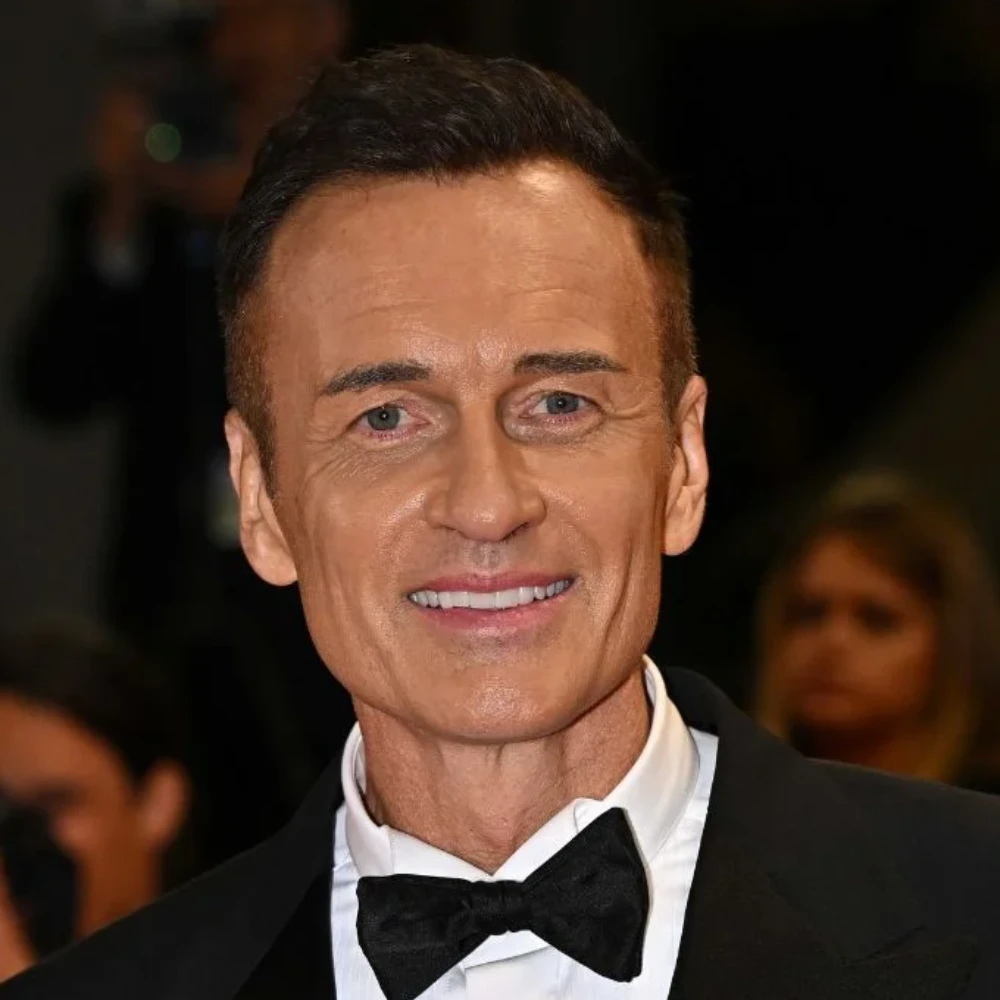Is Netflix’s Shirley Based On True Story? Exploring Fact And Fiction Behind The Regina King Film
Shirley, the biopic of the first black U.S. presidential candidate, premiered on Netflix on March 22, 2024. The film tells the story of Shirley Chisholm, who ran for the 1972 presidential election.
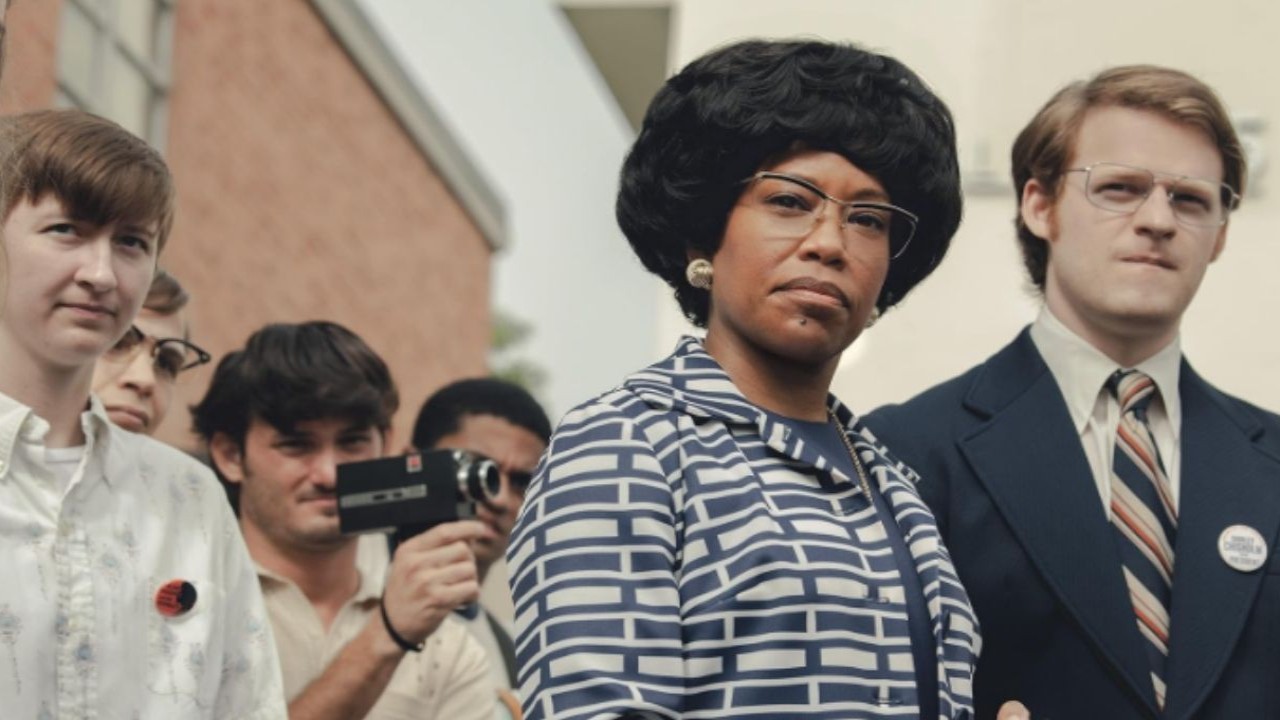
-
Shirley is directed by Oscar-winning man John Ridley, featuring Regina King in lead role
-
Shirley Chisholm stands as an important figure in American political history known for her work
-
The biopic is currently streaming on Netflix
Shirley, the biopic of the first black U.S. presidential candidate, is out on Netflix on March 22, 2024. The film tells the story of Shirley Chisholm, who ran for the 1972 presidential election. She happened to be the first black woman elected to the U.S. Congress from Brooklyn in 1968. The movie tries to narrate the story of her career, growth and position in American politics as a woman of color back in those days when the media was rather conservative.
Directed by Oscar-winner John Ridley, featuring another Oscar-winning star named Regina King, who is known for her work in Seven Seconds and Watchmen. The rest of the cast includes Viola Davis and Mahershala Ali. The cast also includes Terrence Howard, Lucas Hedges, André Holland, and many others, bringing depth to Chisholm's story. Additionally, the film features a talented crew behind the scenes, including producers Reina King and John Ridley, contributing to its authenticity and impact.
Who was Shirley Chisholm?
Shirley Chisholm stands as an important figure in American political history, recognized for her groundbreaking achievements and unwavering commitment to social justice. Born in Brooklyn, New York, in 1924, Chisholm began her career as an educator before entering politics. In 1968, she made history by becoming the first black woman elected to the United States Congress, representing New York's 12th Congressional District.
Throughout her tenure in Congress, which lasted from 1969 to 1983, Chisholm distinguished herself as a fierce advocate for marginalized communities. She introduced over 50 pieces of legislation aimed at addressing issues such as gender and racial inequality, poverty, and access to education and healthcare. Chisholm's intersectional approach to policymaking reflected her belief in the interconnectedness of social justice issues.
In 1972, Chisholm once again challenged barriers by launching a groundbreaking campaign for the Democratic Party's presidential nomination. As the first black candidate and the first woman to seek a major-party nomination for president, Chisholm faced considerable obstacles and discrimination. Despite these challenges, she garnered significant support and made a lasting impact on American politics.
Chisholm's presidential campaign focused on challenging the status quo and amplifying the voices of marginalized communities. While she did not ultimately secure the nomination, her candidacy paved the way for future generations of women and people of color in politics.
What’s Fact and What’s Fiction in the biopic of Shirley: A detailed follow-through
Shirley Chisholm was a remarkable woman in American history. She broke barriers by being the first black woman elected to Congress in 1968. In 1972, she did something even more groundbreaking: she ran for president, becoming the first black person and the first woman to seek a major-party nomination. Although she didn't win, her campaign was historic. Chisholm focused on helping people who needed it most, like women, minorities, and those with less money. She introduced over 50 pieces of legislation to support these groups. Her boldness and determination made her stand out, even though she didn't always fit the typical image of a politician.
One part of the movie shows her standing up to powerful politicians to get a better committee assignment. While it's true that Chisholm challenged her assignment to the Agriculture Committee, the movie might have exaggerated how quickly it happened. She eventually got reassigned to a committee that better suited her constituents.
Another scene in the movie portrays Chisholm visiting George Wallace, a staunch segregationist, in the hospital after he was shot. This actually happened, and it was a controversial move. Chisholm believed in respecting different opinions, even if she strongly disagreed with them. Her visit may have even helped Wallace change his views on race.
Lastly, the movie shows Chisholm meeting with Huey Newton of the Black Panther Party to get their endorsement. While the meeting did happen, the movie might have simplified Barbara Lee's involvement. Lee was already politically active and played a significant role in getting Chisholm's campaign off the ground. Therefore, we can summarize the biopic in these main highlights.
Fact:
- Shirley Chisholm ran for president in 1972, making her the first Black woman to do so.
- She challenged her assignment to the Agriculture Committee in Congress because it didn't help her constituents. Eventually, she got a better committee assignment.
- Chisholm visited George Wallace, a politician who was against Black people's rights, in the hospital after he was shot. She believed in respecting different opinions in democracy.
- She also met with Huey Newton of the Black Panther Party to get their support for her campaign. Eventually, she got their endorsement.
Fiction:
- In the movie, Barbara Lee is portrayed as somewhat directionless until Shirley takes her under her wing. In reality, Lee was already politically active before meeting Chisholm.
- The movie might exaggerate some conversations or events to make them more dramatic or interesting.





 JOIN OUR WHATSAPP CHANNEL
JOIN OUR WHATSAPP CHANNEL








